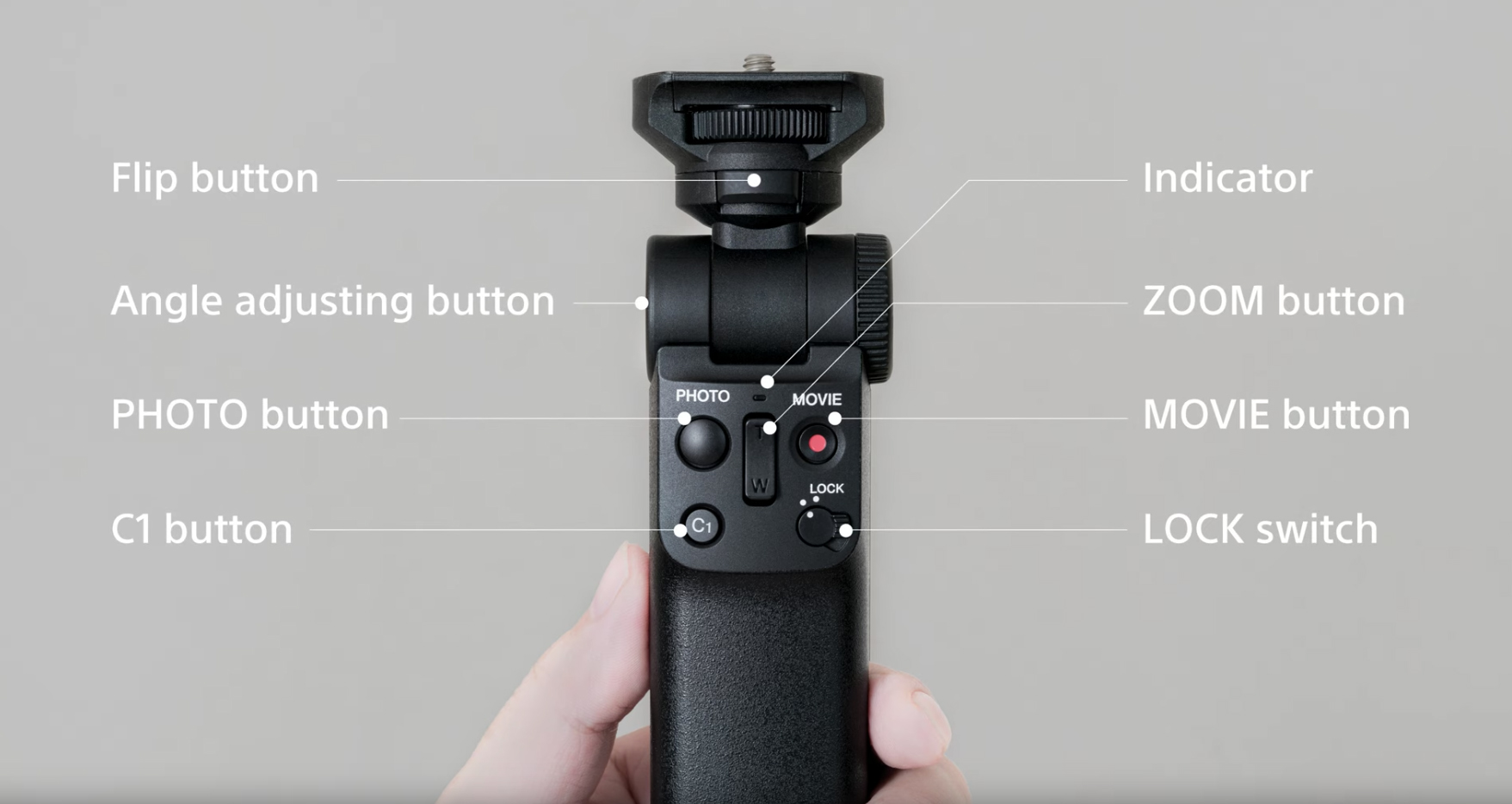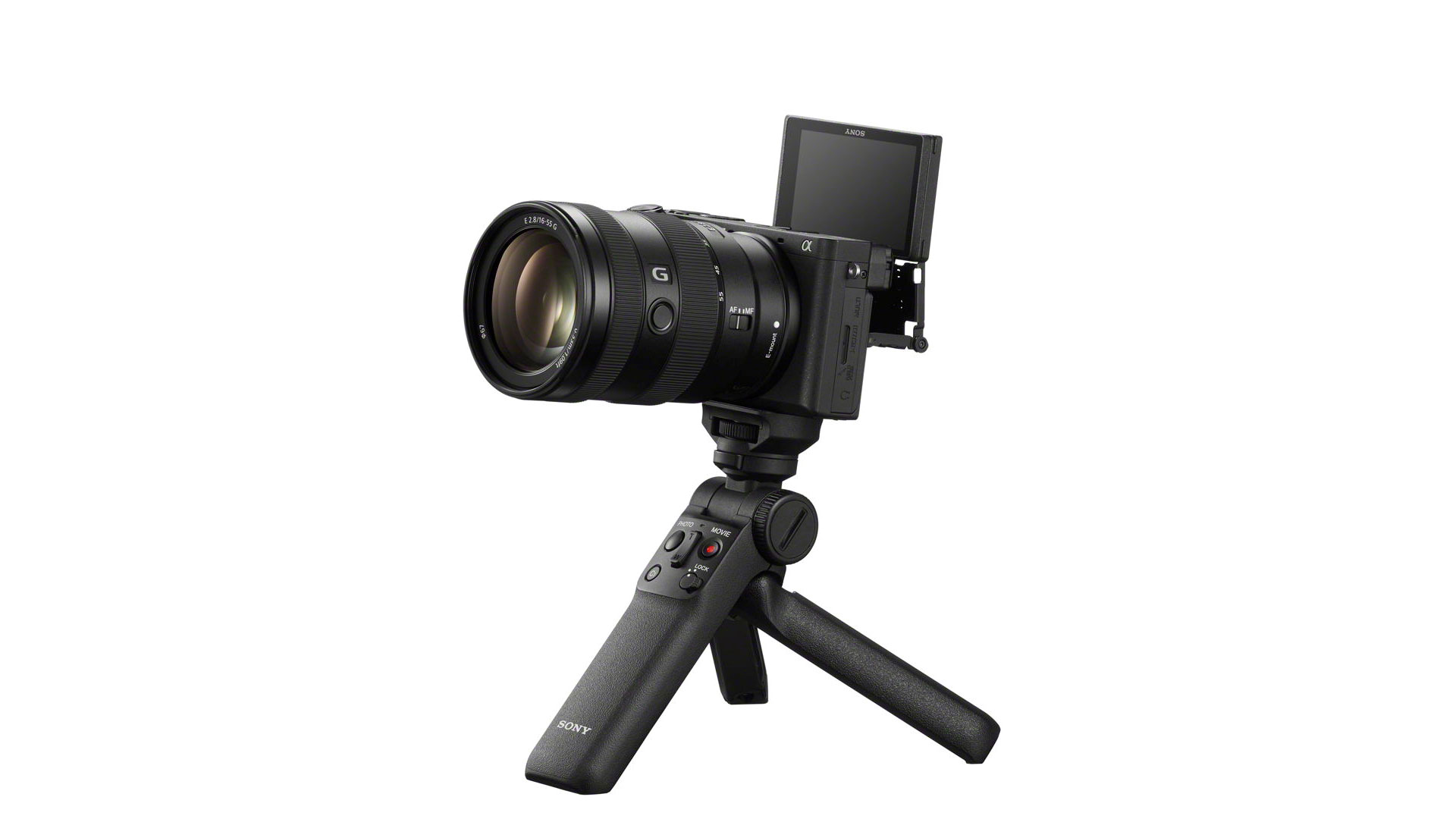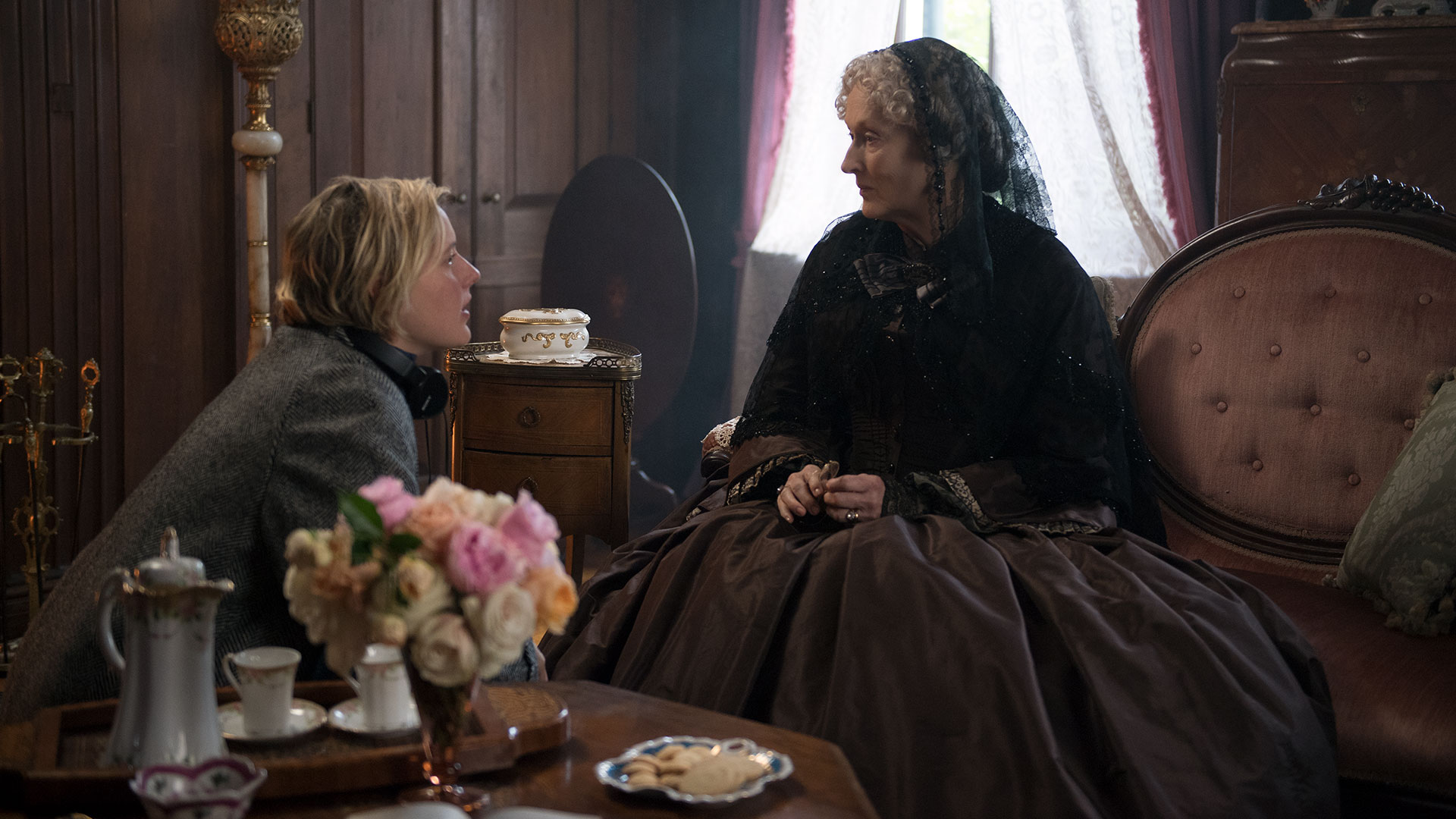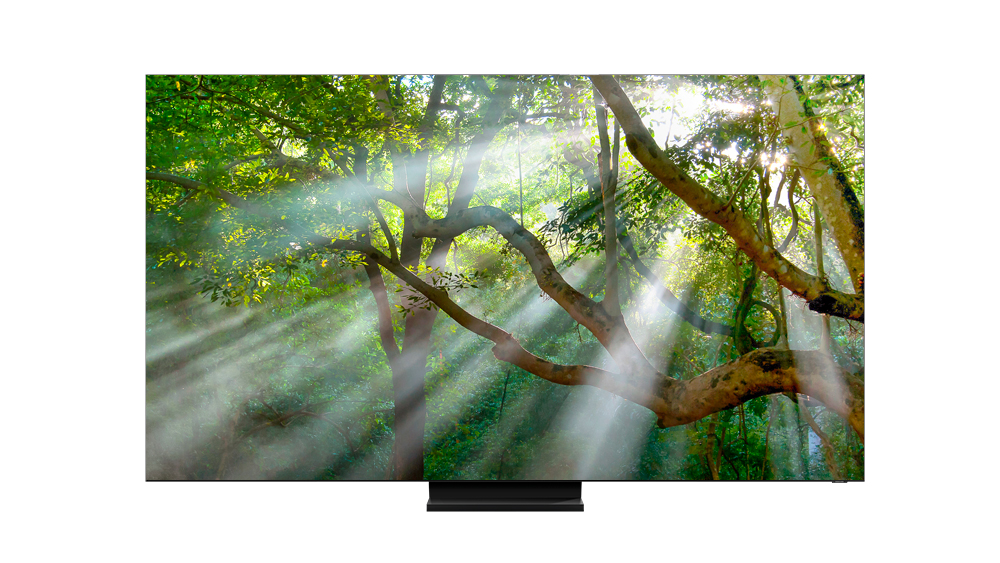Science-fiction thriller Dani Who? is a far cry from traditional Mexican television fare. Produced by Headroom, a boutique production unit inside Mexico City’s Argos Comunicación, the 10-episode series made for Viacom International Studios is one of a new breed of shows that’s raising the bar for storytelling and production value beyond the 120-installment telenovelas commonly associated with the Latin American market.
Shot in 4K with the Sony Venice camera system on locations near Mexico City, the 1990s-set narrative features new, young talent alongside familiar faces including Rodrigo Murray (Amores Perros) and Juan Carlos Colombo (Cronos), boasts sharp VFX work and colorful visuals, and unfolds to the tune of songs from Luis Miguel, Europe and A-ha. Production and editorial were based at the Argos complex in Mexico City, post-production was handled by Cinematic Media, which is part-owned by Argos, and VFX duties were shared by Argos and Melocotón Studio. The first-season finale aired on Paramount Channel Latinoamérica over the weekend, and will stream locally on Amazon Prime. (A subtitled version may make it to North America, but details aren’t finalized.)
We spoke with Headroom’s Jerry Rodriguez-Burckle, the director, producer and showrunner of Dani Who?, about the challenges of creating quality programming in a fast-evolving content market.
StudioDaily: Why is Dani Who? such a departure from typical Mexican television?
Jerry Rodriguez-Burckle: I don’t think it’s the first example, but I think it’s important. We are starting to produce what we call, here in Latin America and specifically in Mexico, “premium” series, which consist of eight, 10 or 12 or sometimes as many as 20 episodes. There have been some interesting efforts before, but the industry was used to a series being 120 episodes, so it’s been challenging. Most of the production companies based in Mexico were used to doing advertising work and maybe a couple of shows for the main television empires in Mexico — Televisa and TV Azteca. There were no spaces available to air different types of productions. But now, with all the OTT channels and new television possibilities, people are demanding higher quality shows. The industry has exploded. The problem is we don’t have enough people with the right credentials to produce these new kinds of shows. But it’s an interesting and exciting moment in Latin American television. It’s challenging to produce that kind of show in Mexico, where the industry is not really prepared for it. The budgets are completely different from what television, in general, has. So we have to come up with interesting production ideas to produce this kind of show with this kind of money. We are on the right track, but we are still learning.
Are people coming over from cinematic work, or are you training new people? What’s the mix of talent like on set?
That’s exactly what’s happening. We have a lot of people coming from cinema, but we still need people from traditional telenovela production. And it’s interesting to mix these two worlds. It’s hard. A lot of cinema people don’t like working hand-in-hand with TV producers — they consider it like the old era of television. But a new kind of production company is emerging with people who are willing to try and make better television.
What’s the biggest challenge?
The most challenging aspect is time. Time is money, of course, and we don’t have the time to produce the quality that we need. We end up shooting 13 scenes in a day. That’s the only way we can do it. DPs and producers are developing super-intense, fast-working solutions in order to get closer to the quality they want. At the same time, the stories are getting better as the scripts leave behind the telenovela influence. The next step for Latin America is to produce a show that’s not solely for Latin American viewers. Spain is ahead of us in producing stories for global audiences.
We are dependent on VFX for a lot of our shows. There are things we can’t fix on set, because of time constraints, and we have to clean them up in VFX instead. So Cinematic Media, which is the facility for post-production inside Argos, has been key to this change. They are a Netflix-preferred, Amazon-certified vendor. They do all of the color-correction, and they work pretty closely with a couple of important VFX companies here in Mexico, which has been really helpful. It wouldn’t be possible to produce at this level of quality without them. But post-production is also suffering from the same budget issues. I hope that gets better with time.
What kinds of technology have been important to helping you realize this vision? Have you standardized on production gear, or do you select in on a project by project basis?
It’s decided by project. Personally, I was shooting a lot with Arri Alexas and Alexa Minis, but I’ve started shooting with the Sony Venice because of the range of the camera. It’s a beautiful camera that works really well with a lot of different lenses. We shot Dani Who? with the Cooke S7/i series of lenses, and it was a really beautiful result, with a lot of flexibility for post-production and color grading. Lately I’ve been using the Venice with Panavision Ultra Speed lenses, which are fantastic. The news now is that Argos is making a deal with Panavision, so we’re going to have Panavision equipment, with the possibility to rent to the industry in Mexico. Before, it was almost impossible to have any Panavision equipment. We were most used to Red, Sony and Arri, but not Panavision at all. That’s going to be a huge change, and the new Millennium DXL2 camera from Panavision is just amazing.
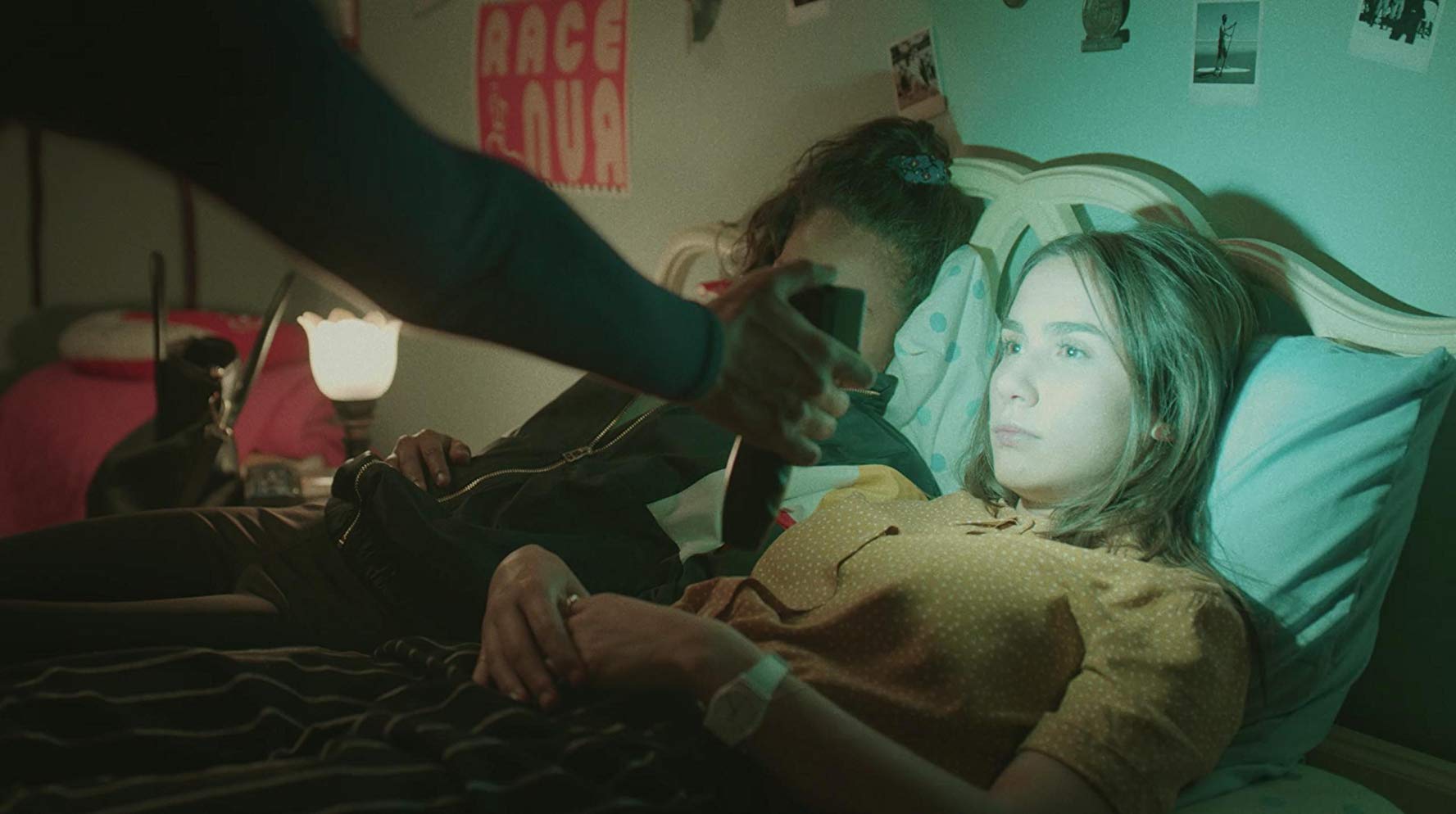
I got to look at the first two episodes of Dani Who?, and it really does look — well, I’m sure it looks a lot more expensive than it actually is!
[Laughs.] Thank you.
It looks really good.
The most challenging thing about Dani Who? is the genre. As I said, we’re trying produce premium series in Mexico, well, this is the other end — we went and tried to produce a science-fiction series. That, for sure, is the first one. There are a couple more in Latin America, but this is the first one in Mexico. Personally, I enjoy science fiction. I grew up with The Goonies and Spielberg and E.T., but it was not specifically my genre, so it was hard for me to embrace it. I was always trying to find the real story behind the science fiction. So it’s really a show about identity, and the fascinating process of discovering who you are. All of the characters have special abilities, superpowers, but they are not proud. They are ashamed. It makes them different from the rest and, coming of age, they wanted to hide all this from the others. At the end, they find that only by recognizing and sharing these special abilities do they start to appreciate them. That’s the story we are telling, and that’s what attracts me to it.
Dani Who? is attractive for a new audience looking for shows where the quality and themes are like American shows, but in their own language. They can relate to it more because it is based in Mexico. There is a backstory and premise behind it, but the story is really simple: a group of girlfriends are living in a small town in the early 1990s, and their lives are pretty common until one of them disappears. The rest of them unite in order to find the truth about what happened to her.
It was a really difficult production, really hard. All the high tech that’s expected in a science fiction series, we had to adapt to the reality of our country. We were more in the line of Twelve Monkeys, not so high-end but more of a mix between technology and the natural chaos of our society, the decaying spaces in all those factories that have been adapted to make this experiment. We decided to embrace our limitations as a developing country to tell this tale.
How busy is this demand for new shows keeping you? Are you already working on another one?
At Headroom, we are developing a couple of ideas that will be presented at NATPE at the end of this month. Right now we are waiting for the final details on the second season of Dani Who? And we are finishing post-production on another Viacom show called Ana, a dramedy based on the life of the actress Ana de la Reguera, a Mexican actress looking for opportunities in Hollywood. We are starting to prepare for the pre-production of Dani Who?‘s second season and, probably, the second season of Ana.
What else is going on with all this new production coming to Mexico?
Another aspect — more of an industry concern — is the high demand of production and the need for professionals in the field who can produce these kinds of shows. It’s creating a political situation inside the industry. The time the people need to work in order to achieve this kind of quality under the conditions and budget we have pushes us to work 18-hour days, seven days a week. It’s just a terrible situation, a real problem. There’s an interesting conversation to be had about the situation created due to this high demand for high-quality production without enough money to support it.
It’ll be interesting to see how the market evolves, and if people band together and advocate as a group for humane conditions. In the U.S., VFX workers have been talking about organizing for a long time. People want badly to work in this business, and it’s a great business to be in. But it’s not sustainable if you’re pushing people out of the business by running them ragged. You need a long-term, professional base of skilled people.
We’re starting to have health problems. It’s getting really ugly.
I’m sorry to hear that.
As you said, we’re in a process of change. The industry is changing and developing. But we need to have better budgets on the projects. That’s a call for the industry and the companies that are trying to produce in Mexico. Netflix is producing about 50 shows this year in Mexico. They just opened a facility here. Amazon wants to produce 20 or 25 shows here. There is going to be a lot of work, but we have to push for better budgets — something a little bit closer to what you have in America.
You noted that other “premium” series have been produced in Mexico, but you’re right on the vanguard as the business changes. Why was Dani Who? the right show for this? Is it because of the type of audience you’re trying to reach, or the appeal of science fiction?
In this genre, there are a lot of specific things you must achieve to make people believe in the story you’re trying to tell, and one of them is visual quality. The acting is really important, too, and we have a good cast on this project. But personally I am very interested in producing a different quality of program, trying to get away as much as possible from telenovelas. I have been in the industry for 21 years now, and I have never produced, written or been involved in telenovelas other than making a promotional campaign. My team and I are not that related to this industry. A lot of writers in Mexico are really good writers, but they can’t avoid the melodrama in their scripts. It’s something that they are battling all the time, and we believe that we don’t have that in our DNA. Sometimes Telemundo or someone comes to me and asks for a pilot, or a specific series, and I produce and direct the pilot and try to rewrite the script they sent me a little bit to make it better, and the answer at the end is, “Great work, but it’s more like a Netflix or an Amazon series than a Telemundo series. Can you change it?” [Laughs.] I don’t know if that’s good or bad. It’s bad in terms of business, but it’s good in terms of the quality you’re trying to reach.
